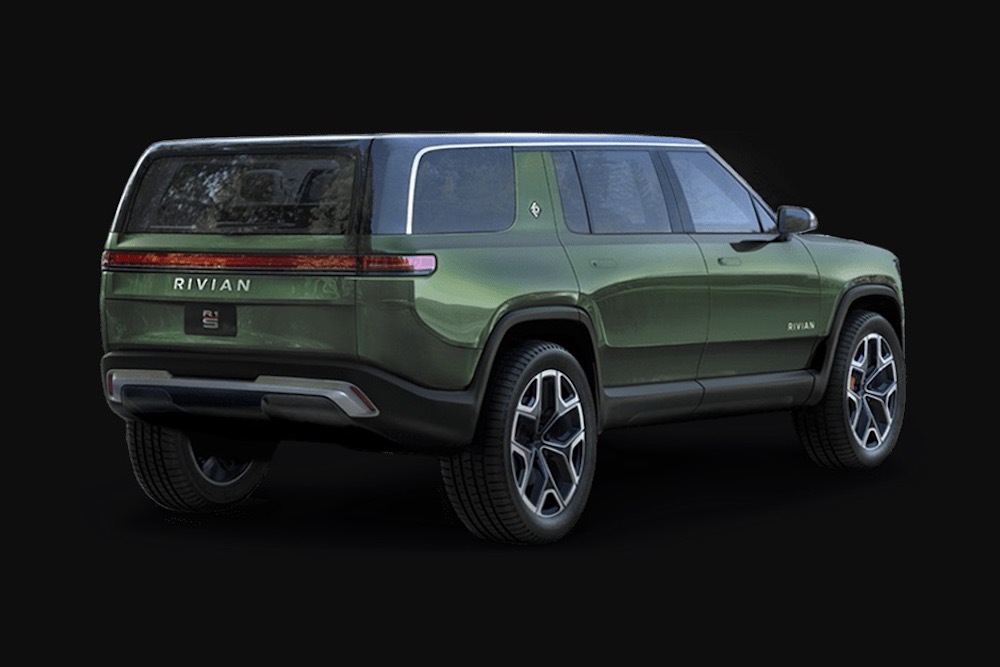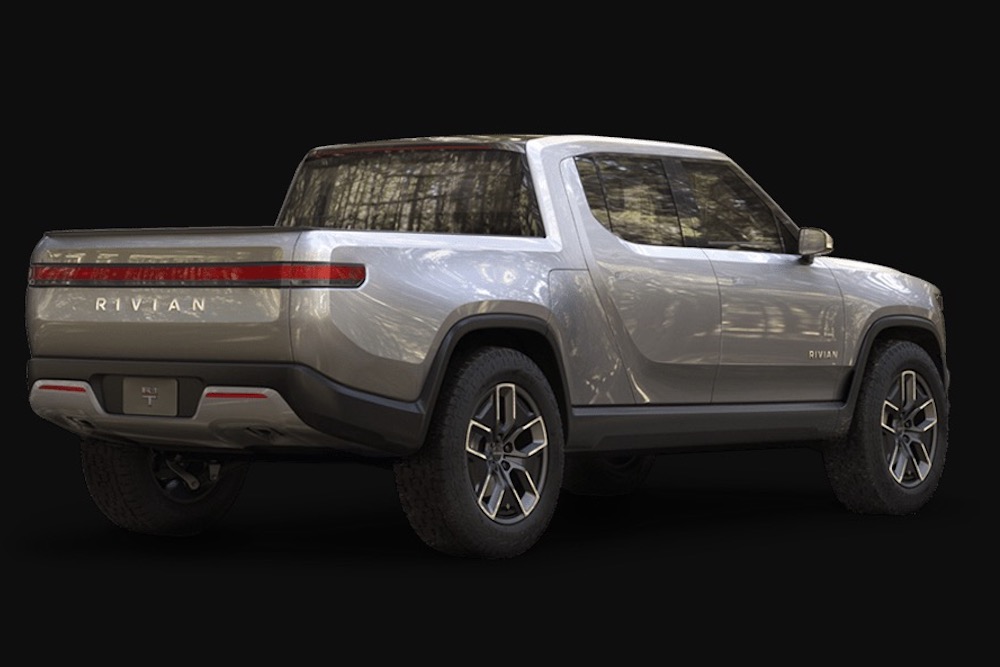Over the last nine years, Rivian Automotive was quietly designing electric vehicles. This year at the Los Angeles Auto Show, Rivian Automotive unveiled an all-electric pickup truck and SUV.
So far, Rivian Automotive raised nearly $500 million in venture capital and the company is planning to start shipping vehicles in 2020. Some of the company’s investors include Sumitomo Corporation of America and an investment arm of Saudi company Abdul Latif Jameel. The company also received local and state tax incentives in Illinois.
Why did the company stay quiet this long? Rivian founder and CEO R.J. Scaringe did not want to build any hype until the company had a product that customers could drive in a short amount of time after an announcement was made.
“It would’ve been easy to make statements early on and show sketches,” said Scaringe via MIT News. “But we wanted to get all the pieces aligned: To build out a robust team with robust processes, get capital in place, line up key suppliers, acquire a large-scale production facility, and align it with our products. All that is done now. It’s been blood, sweat, and tears for a period of years to get in a position where we’re very comfortable showing our products.”
Prior to launching Rivian Automotive, Scaringe studied mechanical engineering at Rochester Polytechnic Institute. Then he followed that up with a mechanical engineering degree for his master’s and Ph.D. in the Sloan Automotive Laboratory at MIT. At the university, Scaringe was a member of the automotive research team and worked with some of the largest car companies in the world. After earning his Ph.D. in 2009, the future of some of the biggest automotive companies was in jeopardy as General Motors and Chrysler filed for bankruptcy.
Rivian initially launched as Mainstream Motors in Florida in 2009. And then the company changed the name to Avera Automotive before switching to Rivian, according to Autoblog.com. Scaringe — who is now 35-years-old — founded the company at age 26 due to his frustration with the lack of environmentally sustainable automobiles.
In 2015, Rivian moved its design and engineering center from Florida to a former cash-register factory in Plymouth, Michigan, a suburb of Detroit. Now Rivian has a battery lab in Irvine, California, an autonomous research and development center in San Jose, California, an engineering office in the U.K., and a 2.6 million square foot manufacturing facility in Illinois that was used for building 200,000 cars per year for Mitsubishi. It is estimated that the Illinois facility was purchased for $16 million and Rivian may invest more than $40 million into the plant by 2022.

Rivian R1S / Photo Credit: Rivian Automotive
Rivian Automotive’s first two vehicles are called R1T and R1S. The R1T and R1S have cameras and sensors that are used for self-driving capabilities. And the vehicles have a quad-motor setup that sends 147 kilowatts of power to each of the wheels.
The vehicles can go from 0 to 60 miles per hour in three seconds and 0 to 100 miles per hour in under seven seconds. So the vehicles feel more like sports cars rather than trucks or SUVs. And Scaringe believes that the vehicles can go off-road better than all of the other vehicles out there due to its high ground clearance and wheel articulation controlled by a suspension system that is able to adjust to the environment quickly.

Rivian R1T / Photo Credit: Rivian Automotive
The battery pack stretches across the vehicle’s floor and comes in different sizes with the largest option being offered at 400 miles in range. And Rivian builds its own battery packs with proprietary cooling systems.
Both of the vehicles have a 330-liter front trunk and long compartments under the seats. This can be ideal while traveling with larger cargo such as golf bags, surfboards, suitcases, etc.
Just like Tesla’s vehicles, the Rivian vehicles will receive software updates over-the-air. And each model is going to debut with Level 3 autonomous driving capabilities. The vehicles will be able to handle three apps simultaneously. And there are going to be three screens in the vehicles including one in the backseat for climate and infotainment.
The price of the R1S SUV starts at $72,500 ($65,000 after tax rebates) and the R1T pickup starts at $69,000 ($61,500 after tax rebates). In the future, Rivian is going to release lower-priced vehicles.


